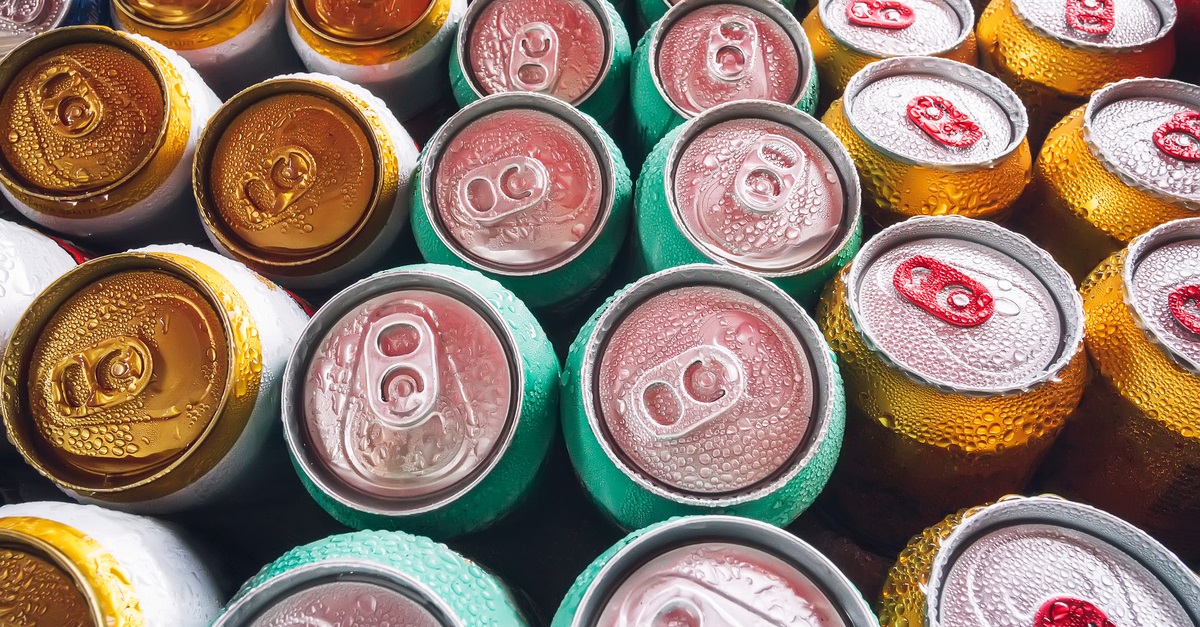

Plopp... hissss… - Opening of a can - a sound mark?
The European General Court (EGC) ruled for the first time on 7 July 2021 on the registration of a sound mark represented in an audio format and its requirements. The case concerned the question of whether the opening of a can with subsequent jingling is registrable as a sound mark. The EGC in essence denied registration – primarily due to lack of distinctiveness.
I. Background of the case
On 6 June 2018 the applicant, Ardagh Metal Beverage Holdings GmbH & Co. KG, applied for an EU trademark consisting of a sound. The sound is reminiscent of the pop of opening a can, followed by approximately one second of no sound and a prickle of approximately nine seconds. When it filed its application, the applicant submitted an audio file.
By decision of 8 January 2019, the examiner rejected the application for lack of distinctiveness of the mark applied for under Article 7 (1) (b) of Regulation 2017/1001, to which the applicant appealed. At the centre of the EGC's decision is the question of whether the sound described is distinctive or not.
II. The Decision of the EGC
At the outset, the EGC clarified that the criteria for assessing the distinctiveness of a sound mark are identical to those for the other categories of marks, as Article 7(1) of Regulation 2017/1001 does not distinguish between different categories of marks.
It is necessary that the sound mark has a certain resonance, based on which the addressed consumer can recognize it and perceive it as a trademark - and not merely as a functional component or as an indicator without intrinsic characteristics. The consumer of the goods or services in question must be able, through the mere perception of the mark, to establish the link with that commercial origin - without combining it with other elements, such as word or figurative elements, or even another mark.
The Board of Appeal (BoA) had denied the required function of origin to the sound mark at issue and justified this with the "extraordinary simplicity" and "everydayness" of the sequence of sounds. However, the EGC pointed out that this reasoning of the BoA is erroneous, since it based its conclusion on the case law relating to 3D marks consisting of the appearance of the product itself or its packaging. This case law – according to the EGC – cannot be directly applied to sound marks.
That error of law in the statement of reasons is not such as to render the BoA's decision as a whole wrong. It is clear from an overall reading of the grounds of the decision that the BoA did not rely exclusively on the case-law developed in relation to 3D marks. As a result, BoA and EGC come to the same conclusion that this sound mark, applied for in this specific case, does not exhibit such nuances in relation to the classical sounds that beverages produce when opened. The sound is a purely functional element, which is not sufficient to provide evidence of the required distinctiveness. Thus, the sound mark did not provide any indication of commercial origin.
III. Conclusion
Particularly in increasingly competitive sectors there is a need to attract the attention of consumers in various ways. Therefore, the establishment of different marks with recognition value, be it visual or auditory, is a logical development and therefore we can expect further decisions on still rather rare sound trademarks in the future.
To read the full decision in German, please click here.
Related
- "Neuschwanstein" is not a trademark!
- 1 December 2017: Madrid Monitor takes its place as the one and only tool for tracking international trademarks
- 1 January 2020 - Changes in Classifications - Trademarks, Designs, Patents and Utility Models
- 100th Anniversary of Bavaria (Germany) - A glance at trademarks, start-ups, innovation & events
- 10th Anniversary Edition - 10 Things to Know about LexDellmeier - Past, Present & Future
- 14 June 2013: Munich Patent Law Conference - Calculating Damages in Patent Infringement Cases
- 15 Top Brands - Interactive Brand Rating - Years 2000 - 2018
- 15 Years LexDellmeier - 2024 New Year Wishes
- 2014: Statistics for Community Trademarks
- 2024 World IP Day - Building Our Common Future with Innovation and Creativity
